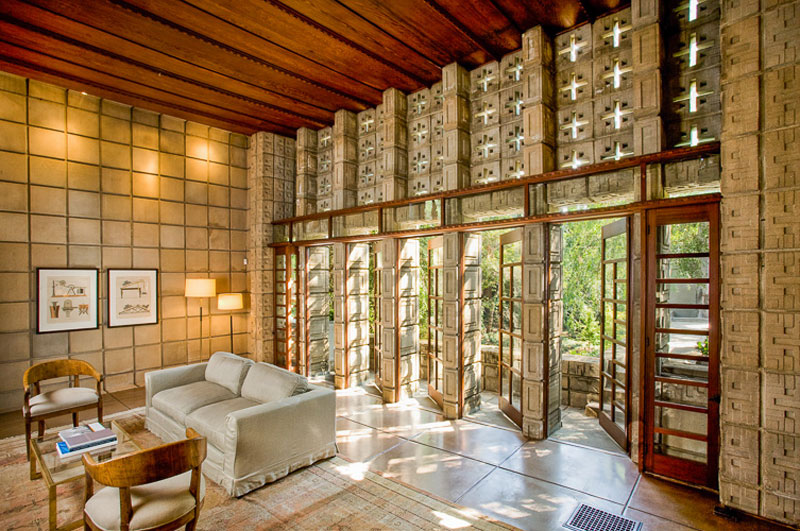Continued Modernism in America
by: Katie Kaywood
The most successful architects and designers in this phase were using the dominant movement of electric historicism. These were based on the concepts of Paris Ecole des Beaux-Arts. The work by Sullivan and Wright were commonly overlooked and European modern works were rarely ever published, therefor unknown.
Frank Lloyed Wright's approach to modernism was extremely famous, he created a number of beautiful homes, here are a few below.
Frank Lloyd Wright and Aline Barnsdall in the 1920s and 1930s designed the Hollyhock House in Los Angeles, California. It became a monumental structure of poured concrete and geometric ornament.
Another exquisite house in this continuing modern phase is La Miniatura in Pasadena, California. It is the most successful of houses made in this period, the patterned face gives the wall surfaces a repeated pattern.
The last one I am going to show is the house called "Falling Water." It is on of Wrights most strategic and beautiful creations. This house was set directly on top of a waterfall instead of across the waterfall, the geometry and build of this home is extremely prestigious and incredible.
A few other amazing artists, designers, architects etc. in this period were Rudolph Schindler from Austria, Richard Neurta also from Austria, William Lescaze - he brought European modernism ideas into America in 1920s, Philip Goodwin and Eward Stone - great designers, they made modernism visible to the New York public, Walter Gropius, Marcel Breuer, Mies Van der Rohe, Philip Johnson, and Eero Saarinen. All of these people made modernism continue in America and become a very well known and beautiful period of design and architecture. Here are a few examples of what some of these designers made:
by Eero Saarinen - Kleinhans Music Hall
by: Philip Johnson - Glass House
by: Richard Neurta - Kaufmann House
All of these spaces are beautiful and unique.
Modern Current Applications:
After reading Emily's blog I was informed more on the falling water house because she went into great detail about how it was her favorite and how detailed the architecture placement was. I also reviewed Megan Yee's blog, she went into further detail background on Irving Gill and Rudolph Schindler and their designs of both the Dodge and Schindler houses.
For more information of continued modernism into America and further background on the Glass house by Philip Johnson you can watch this video : https://www.youtube.com/watch?v=azUBFQhG1nk

















